India amongst the top 10 countries susceptible to SAMSAM
By MYBRANDBOOK
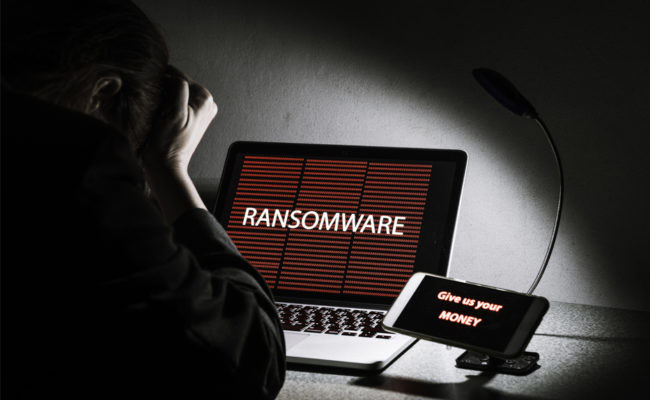
Sophos has released an in-depth investigative white paper on the SamSam ransomware attacks that first appeared in December 2015. Titled “SamSam: The (Almost) Six Million Dollar Ransomware”, this white paper aims to provide a comprehensive understanding of this unique ransomware attack by summarizing key findings about attacker’s tools, techniques, and protocols.
SamSam is a thorough encryption tool, rendering not only work data files unusable but any program that is not essential to the operation of a Windows computer, most of which are not routinely backed up. SamSam’s attacking method unique as it is manual and as a result, attackers can employ countermeasures (if needed) to evade many security tools. If the process of encrypting data is interrupted, the malware is capable of comprehensively erasing all trace of itself immediately, hindering any investigation. Furthermore, recovery from the attack may require reimaging and/or reinstalling software as well as restoring backups. As a result, many victims were not able to recover sufficiently or quickly enough to ensure business continuity, and had to pay the ransom.
Peter Mackenzie, Global Malware Escalations Manager, Sophos, says, “Most ransomware is spread in large, noisy and untargeted spam campaigns using simple techniques to infect victims and demand relatively small sums in ransom. What sets SamSam apart is that it’s a targeted attack tailored to cause maximum damage and ransom demands are measured in tens of thousands of dollars. The attack method is surprisingly manual, and more cat burglar than smash-and-grab. As a result, the attacker can employ countermeasures to evade security tools and if interrupted can delete all trace of itself immediately, to hinder investigation.”
SamSam’s relentless attack methodology combined with the growth in Ransomware-as-a-Service and the anticipation of the ever-evolving threat landscape, emphasizes the need for a layered and synchronized cybersecurity approach for businesses of all sizes.
Intrusions from exploits have been persistent and are still a prominent threat to businesses and often go undetected for months. Once inside a system, cybercriminals use complex malware that can hide in memory or camouflage itself. In many cases, businesses do not know they’ve been breached until someone finds a large cache of stolen data on the Dark Web.
Sophos recommends the following top four security measures:
* Restrict access to port 3389 (RDP) by only allowing staff who use a VPN to be able to remotely access any systems. Utilize multi-factor authentication for VPN access
* Complete regular vulnerability scans and penetration tests across the network; if you have not followed through on recent pen-testing reports, do it now
* Activate multi-factor authentication for sensitive internal systems, even for employees on the LAN or VPN
* Create backups that are offline and offsite, and develop a disaster recovery plan that covers the restoration of data and whole systems


Legal Battle Over IT Act Intensifies Amid Musk’s India Plans
The outcome of the legal dispute between X Corp and the Indian government c...

Wipro inks 10-year deal with Phoenix Group's ReAssure UK worth
The agreement, executed through Wipro and its 100% subsidiary,...

Centre announces that DPDP Rules nearing Finalisation by April
The government seeks to refine the rules for robust data protection, ensuri...

Home Ministry cracks down on PoS agents in digital arrest scam
Digital arrest scams are a growing cybercrime where victims are coerced or ...

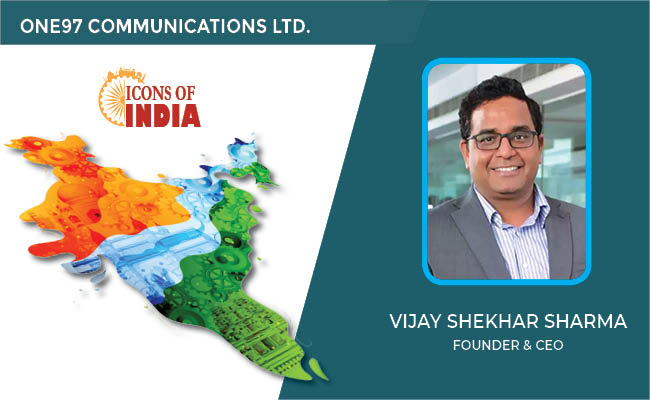
ICONS OF INDIA : VIJAY SHEKHAR SHARMA
Vijay Shekhar Sharma is an Indian technology entrepreneur and multimil...

Icons Of India : AALOK KUMAR
Aalok Kumar is celebrated as a global leader and recipient of the Peop...
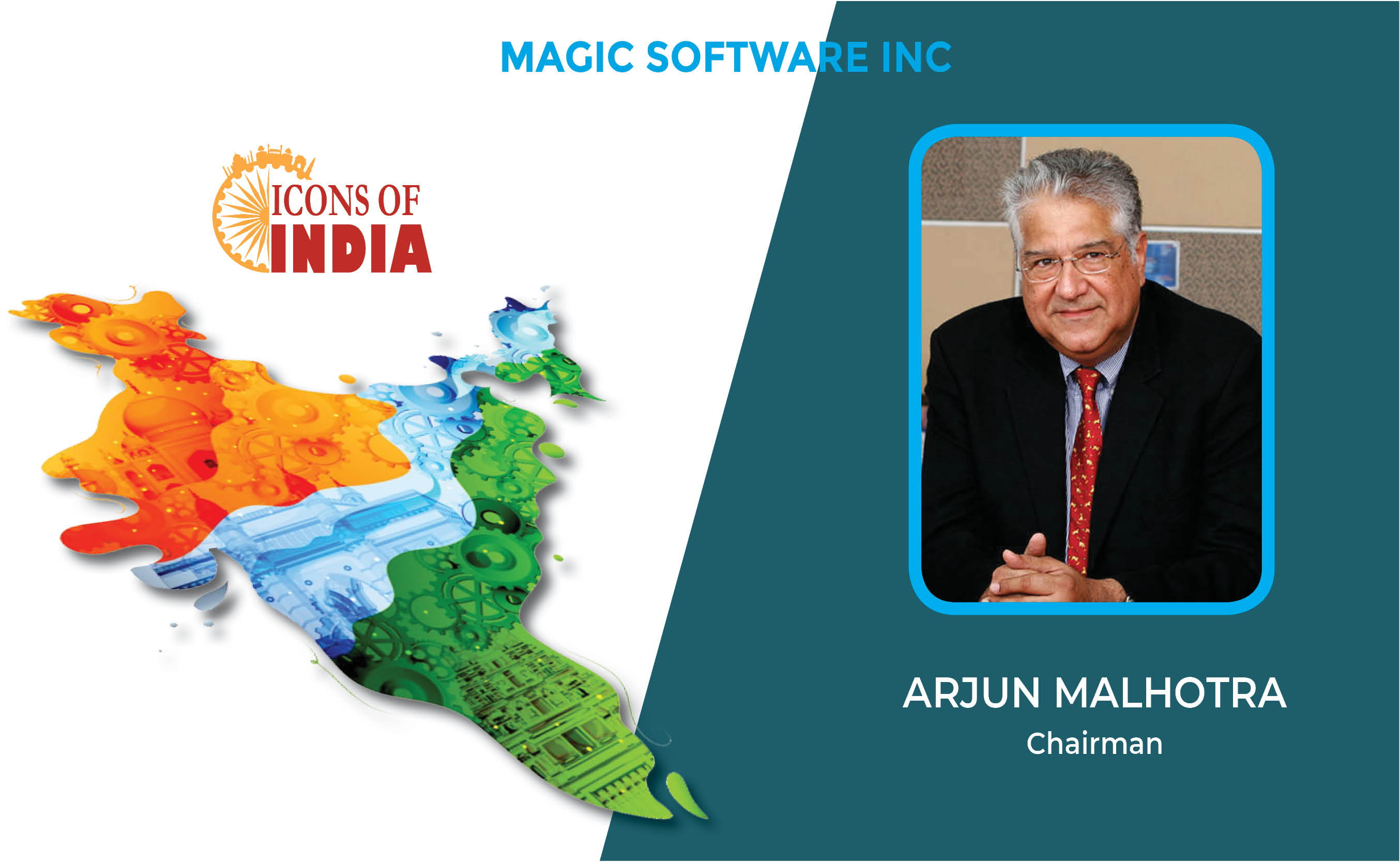
Icons Of India : Arjun Malhotra
Arjun Malhotra, the Chairman of Magic Software Inc., is widely recogni...


CSC - Common Service Centres
CSC initiative in India is a strategic cornerstone of the Digital Indi...
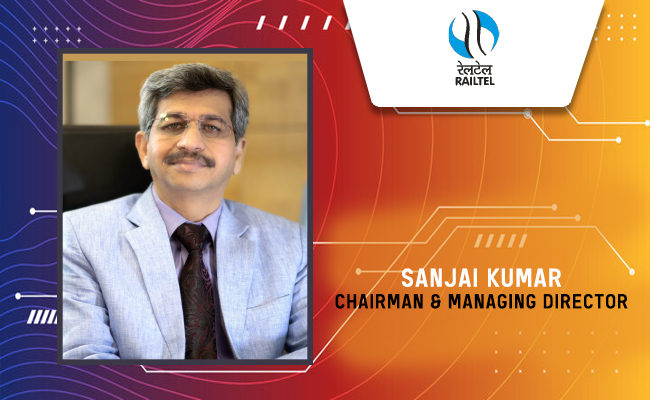
RailTel Corporation of India Limited
RailTel is a leading telecommunications infrastructure provider in Ind...
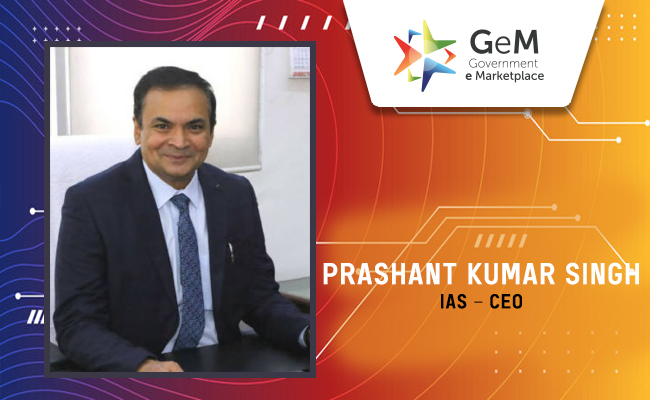
GeM - Government e Marketplace
GeM is to facilitate the procurement of goods and services by various ...

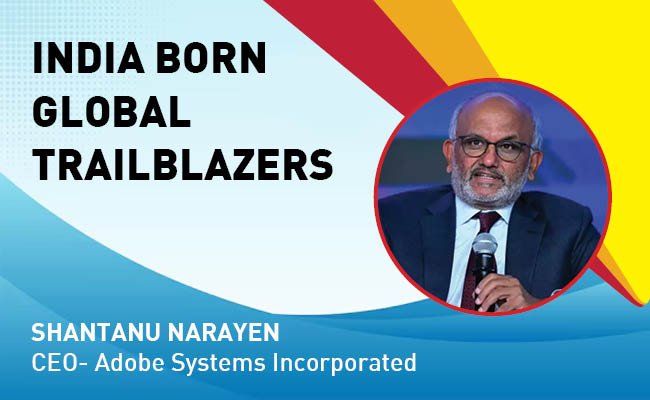
Indian Tech Talent Excelling The Tech World - Shantanu Narayen, CEO- Adobe Systems Incorporated
Shantanu Narayen, CEO of Adobe Systems Incorporated, is renowned for h...

Indian Tech Talent Excelling The Tech World - REVATHI ADVAITHI, CEO- Flex
Revathi Advaithi, the CEO of Flex, is a dynamic leader driving growth ...

Indian Tech Talent Excelling The Tech World - Aman Bhutani, CEO, GoDaddy
Aman Bhutani, the self-taught techie and CEO of GoDaddy, oversees a co...
 of images belongs to the respective copyright holders
of images belongs to the respective copyright holders